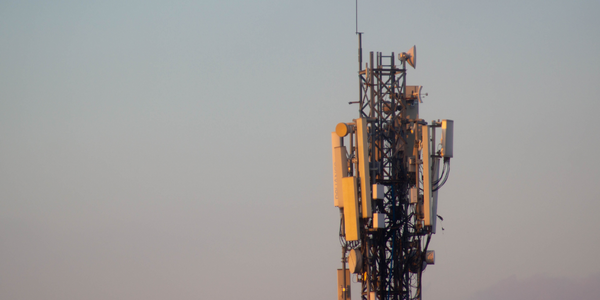Company Size
1,000+
Region
- America
Country
- United States
Product
- NETSCOUT’s Sightline
- NETSCOUT’s Threat Mitigation System (TMS)
- NETSCOUT’s Sentinel
Tech Stack
- DDoS Mitigation
- Edge-based strategy
- Centralized scrubbing model
Implementation Scale
- Enterprise-wide Deployment
Impact Metrics
- Customer Satisfaction
- Productivity Improvements
Technology Category
- Cybersecurity & Privacy - Network Security
Applicable Industries
- Telecommunications
Applicable Functions
- Business Operation
Use Cases
- Cybersecurity
Services
- Cybersecurity Services
- System Integration
About The Customer
The customer is an American telecommunications company that recently completed the acquisition of another telco. Prior to the merger, the two companies had deployed two different DDoS attack mitigation strategies. Now, as a unified entity, the customer knew they needed to implement one strategy across the board. Two senior executives who had each led one of the opposing strategies approached the Account Manager and asked, “Which strategy is better?” The company always has their customers top of mind; and with this upgrade, they are providing an even better experience with more reliability, predictability, and even faster access.
The Challenge
During a merger, the American telecommunications company faced a challenge of choosing between an edge DDoS defense or a centralized DDoS defense. Prior to the merger, the two companies had deployed two different DDoS attack mitigation strategies. Telco B had deployed a centralized scrubbing model which offered a large amount of mitigation capacity in a couple of locations, and the attacks were managed at the scrubbing centers. However, the disadvantage was that attack traffic had to be transported all the way across their network to get to a scrubbing center before being dropped, introducing additional latency and risk to transport links. On the other hand, Telco A had deployed an Edge-based strategy where attack traffic was removed immediately from the network at the internet edge offering the best overall protection for the network. The disadvantage was that the timeline of the project increased as mitigation devices were deployed in more physical locations.
The Solution
After weighing the pros and cons and consulting with the NETSCOUT team, the company ultimately chose the Edge-based strategy. With the increase in frequency and severity of DDoS attacks, Edge-based mitigation offers the best protection for their network and for their customers. With NETSCOUT’s Sightline and Threat Mitigation System (TMS) along with the NETSCOUT Sentinel solution for Orchestration, they were able to take advantage of the newest technologies while reducing the amount of load on the existing network, increasing their mitigation capacity, and modernizing and better protecting their network. Most importantly to the executive team, this strategy provides their customers with the best user experience possible.
Operational Impact

Case Study missing?
Start adding your own!
Register with your work email and create a new case study profile for your business.
Related Case Studies.

Case Study
Vodafone Hosted On AWS
Vodafone found that traffic for the applications peak during the four-month period when the international cricket season is at its height in Australia. During the 2011/2012 cricket season, 700,000 consumers downloaded the Cricket Live Australia application. Vodafone needed to be able to meet customer demand, but didn’t want to invest in additional resources that would be underutilized during cricket’s off-season.

Case Study
SKT, Construction of Smart Office Environment
SK T-Tower is the headquarters of SK Telecom. Inside the building, different types of mobile devices, such as laptops, smartphones and tablets, are in use, and with the increase in WLAN traffic and the use of quality multimedia data, the volume of wireless data sees an explosive growth. Users want limitless Internet access in various places in addition to designated areas.







